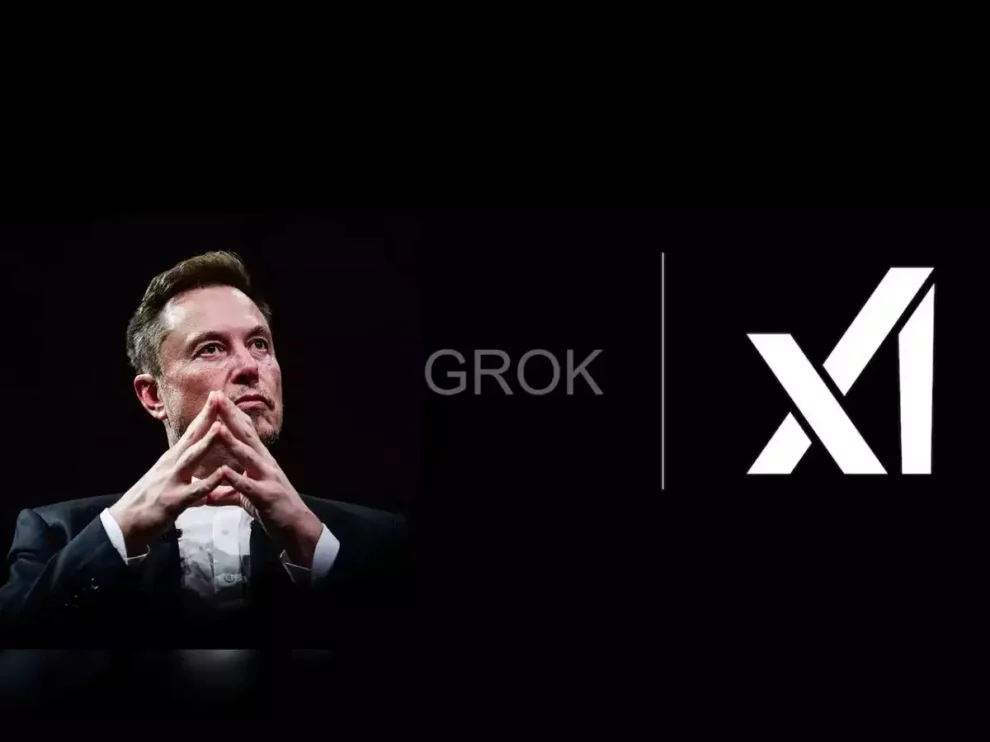Elon Musk has once again set the tech world abuzz with his latest venture, announcing the creation of an AI-focused gaming studio under the umbrella of xAI. During a live broadcast celebrating the launch of Grok 3, Musk revealed plans to develop what he calls “AI games,” leveraging the capabilities of xAI’s cutting-edge language model. While details are still scarce, the announcement hints at a bold new direction for interactive entertainment—one where artificial intelligence plays a central role in both development and gameplay.
The Vision Behind xAI’s Gaming Studio
In true Musk fashion, the vision for this studio is ambitious. According to the billionaire entrepreneur, the goal is not merely to create traditional video games but to push the boundaries of what’s possible with AI integration. One standout claim is the ability to generate photo-realistic graphics through AI-generated enhancements. This would represent a significant leap forward in visual fidelity, potentially rivaling or surpassing current industry standards achieved through manual design and advanced rendering techniques.
During the livestream, Musk teased that Grok 3 could improve the graphical resolution of existing titles simply by prompting the model. Whether this enhancement applies exclusively to games developed within the xAI ecosystem or extends to third-party titles remains unclear. If realized as a standalone technology akin to Nvidia’s DLSS Super Resolution or AMD’s FidelityFX Super Resolution, it could revolutionize how developers approach visual optimization without requiring extensive rework.

Early Demonstrations of Grok 3’s Capabilities
To demonstrate Grok 3’s potential, Musk showcased its ability to generate facsimiles of classic games like Tetris and Bubble Trouble using Python code. These examples highlighted the model’s capacity for generating functional mechanics, including physics simulations, collision detection, and user interfaces. However, limitations became apparent when attempting to replicate retro-inspired sound effects—a reminder that even state-of-the-art AI models have room for improvement.
Despite these constraints, the fact that Grok 3 can produce playable prototypes underscores its versatility. For now, the generated titles remain relatively simple, raising questions about whether the studio can scale up to tackle more complex projects. Achieving Musk’s stated objective of integrating photo-realistic graphics into dynamic, AI-driven experiences will undoubtedly require overcoming significant technical hurdles.
Building Blocks of Success: Grok 3 and Beyond
Grok 3 itself stands out as one of the most powerful large language models (LLMs) currently available. Trained on an unprecedented scale—utilizing 100,000 Nvidia H100 GPUs at the Colossus Supercluster in Memphis—it boasts superior performance compared to competitors such as GPT-4o, Gemini-2 Pro, and DeepSeek-V3. Its impressive benchmarks suggest that xAI possesses the computational horsepower necessary to realize Musk’s grand ambitions.
Moreover, Musk’s intention to expand the Colossus supercluster to over a million GPUs signals a commitment to sustaining rapid advancements in AI modeling. Such scaling could accelerate the development of next-generation tools tailored specifically for gaming applications, enabling the fledgling studio to iterate quickly and refine its offerings.
Industry Context: AI in Game Development
While xAI’s entry into gaming marks a novel approach, other major players in the industry are already experimenting with AI technologies. Capcom, for instance, recently disclosed its use of generative AI to brainstorm unique ideas for background assets in collaboration with Google Cloud. By leveraging tools like Gemini Pro and Imagen, the Japanese developer aims to streamline creative processes while maintaining artistic integrity.
However, xAI’s focus appears distinct from these efforts. Rather than providing auxiliary support for human creators, Musk envisions a paradigm shift where AI assumes a more active role in shaping every aspect of game design—from narrative structure to character behavior and environmental interaction. This holistic perspective aligns with broader trends toward procedural generation and adaptive storytelling, which promise to deliver increasingly personalized and immersive experiences for players.
Challenges Ahead
As promising as the concept may seem, several challenges lie ahead for xAI’s gaming initiative. First and foremost is the question of feasibility. Can AI truly replace or augment the creativity traditionally associated with human designers? While Grok 3 excels at replicating established formulas, crafting original content that resonates emotionally with audiences represents a higher bar.
Additionally, concerns around ethical considerations cannot be overlooked. As AI assumes greater responsibility in content creation, issues related to bias, intellectual property, and data privacy must be addressed proactively. Ensuring transparency in how algorithms operate and safeguarding against unintended consequences will be critical to earning public trust.
Finally, there’s the matter of market reception. Will gamers embrace AI-driven titles wholeheartedly, or will skepticism prevail due to fears of losing authenticity? Only time will tell if Musk’s vision aligns with consumer preferences and expectations.
Looking Forward
For now, much about xAI’s gaming studio remains shrouded in mystery. Comprising just nine members—including Musk himself—the team faces monumental tasks ahead. Yet, given the resources at their disposal and the track record of innovation demonstrated by Musk’s ventures, optimism persists among observers.
If successful, this endeavor could redefine the landscape of interactive entertainment, ushering in an era where AI serves not merely as a tool but as a collaborator capable of elevating the art form to new heights. Until then, enthusiasts eagerly await further revelations from xAI, hoping to glimpse the future of gaming unfold before their eyes.
















Add Comment